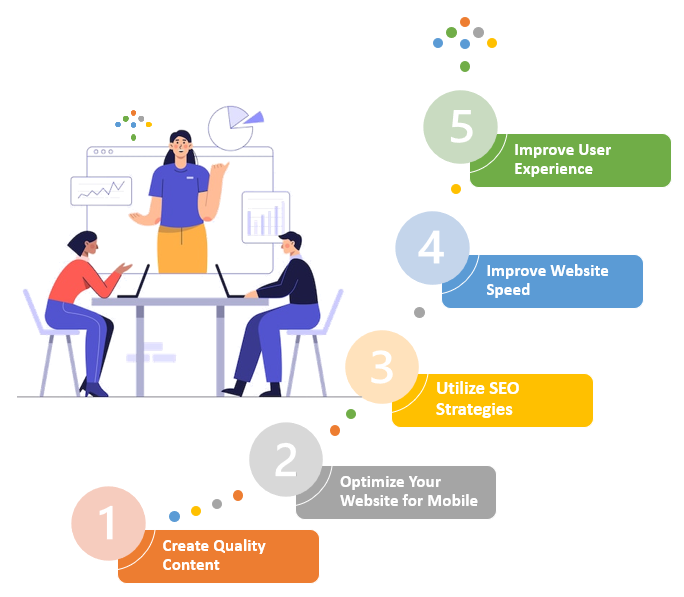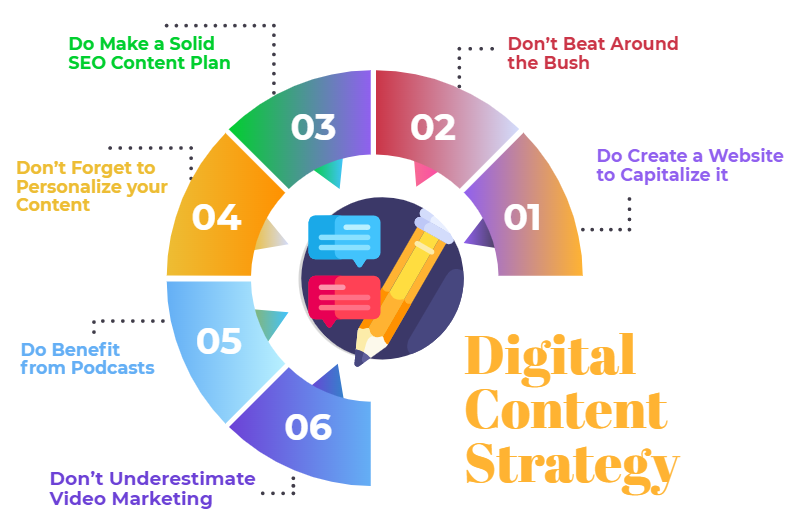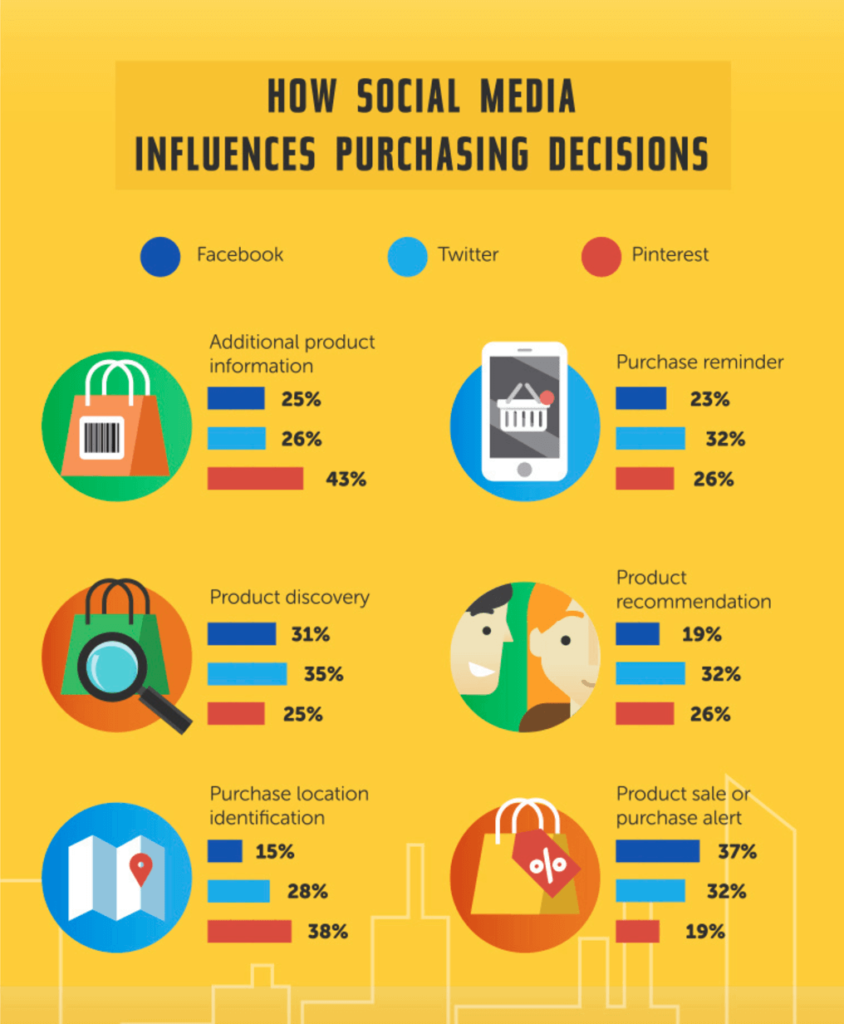Many speak about demand generation and its use for business revenues. So, we prepared this article focusing on demand generation basics and strategies. We will consider its prospects and enhancing customer journey—from the first time they hear about you to when they become loyal customers. So, get ready to implement the information you get below!
What is demand generation?
Demand generation is a marketing strategy focusing on creating interest in a product or service and converting that interest into leads, customers, and revenue. It works for both B2B and B2C customers. It actively seeks out potential buyers rather than waiting for them to come to you.
How is it different from Lead Generation?
It’s essential to distinguish demand generation from lead generation. Lead generation focuses on driving conversions and increasing sales by immediately capturing leads who are interested in your business. In its turn, demand generation takes a long-term view and builds brand awareness over time. Demand generation differs because it focuses on building relationships with prospects to convert them into customers in the future rather than just capturing leads for immediate sales opportunities.
11 Best Demand Generation Strategies
To help you get started with demand generation, here are 10 of the best strategies you can implement:
Optimize Your Website
It is the first step ever! You should make sure that your website is optimized for SEO (search engine optimization). Plus, check your CTAs to guide potential customers down the funnel. Here are the tips to start with it:
- Create Quality Content
Your Content must be relevant to your target audience, informative, and well-written.
- Optimize Your Website for Mobile
Mobile optimization has become increasingly important over the years. Make sure your website is optimized for mobile devices by using a responsive design and ensuring that all images and videos are loading correctly.
- Utilize SEO Strategies
Use long-tail keywords and other meta descriptions, title tags, and backlinking strategies to boost your SEO rankings.
- Improve Site Speed
It affects your site’s performance in search engines. Ensure your website loads quickly by optimizing images, minifying code, and using a good hosting provider.
- Improve User Experience
Enhancing the user experience is vital in website optimization. Make sure your navigation is easy to use, forms are working correctly, and there aren’t any broken links.
Leverage Influencers
Connect with respected influencers in your industry who can recommend and promote your products or services to their followers. It is an effective way to get more exposure and draw attention to your brand.
- Identify the Right Influencers
When selecting an influencer, check they have an engaged following that aligns with your company’s target audience. Research their social media presence and consider the quality of the Content they share.
- Establish Goals
Define your goals for leveraging influencers, such as increasing brand awareness or driving conversions. It will help you determine which influencer is best suited to deliver the desired results.
- Develop a Partnership Strategy
Develop a partnership strategy that outlines what you will offer the influencer in exchange for promoting your brands, such as free products or exclusive discounts. It can help you attract top influencers and create a mutually beneficial relationship.
- Track Performance
When working with influencers, it’s essential to track the performance of their campaigns. It will help you identify which strategies are most effective so that you can replicate them in future campaigns.
Develop Buyer Personas
It is the step to identify your target audience; developing buyer personas is necessary. Those are fictional representations of your ideal customer group. It aims to define who you should target with your Demand generation efforts.
- Treat them differently
For example, you can talk to people who already have the intention for your product or service (they want to buy your car now.) Alternatively, you may grow your audience and speak to people who will come to you in 2 or 3 years (they will imagine buying your car in a few years when they have a job and money.)
- Use Psychographics in Your Marketing
Consider demographics, psychographics, goals, buying habits, and motivations. By understanding these characteristics of your customers, you can create campaigns that are more likely to resonate with them.
Create Content
Demand generation involves developing content such as blog posts, videos, podcasts, and white papers that provide value to the target audience.
Use all the content types variety, consistent blog posts, whitepapers, case studies, videos, etc., can educate your target audience and keep them updated. You can also use Content to showcase your products or services and demonstrate how they resolve common industry pain points.
It also includes promotional activities such as webinars, email campaigns, and social media outreach that can help drive traffic to content and create relationships with potential customers.
Utilize Email Marketing
By utilizing email marketing as part of the steps involved in demand generation, businesses can drive conversions and increase their bottom line.
- Segmentation
Email campaigns are effective because they allow you to target specific customers and audiences. Through segmentation, you can reach out to existing customers with relevant Content tailored to their interests and potential prospects who may be interested in your products and services.
- Drip campaigns
Another way to use email campaigns is by creating drip campaigns. Drip campaigns are automated sequences of emails that are automatically sent out in a specific order on pre-determined dates based on when people take certain steps or meet the criteria you specify.
Use it to onboard new customers, remind them of essential steps they need to take, or even increase engagement with current customers by sending discounts and offers.
Employ Social Media Ads
Leverage the power of social media platforms like Twitter, Facebook, LinkedIn, Instagram, etc., to reach out to more potential buyers and engage with them on these channels. Use paid ads to expand your reach even further and get more leads. Just follow below steps to launch social media ads.
- The first step is to create a strategic Social Media Ad campaign. It includes understanding the target audience and creating a compelling message that resonates with them. It also involves selecting the right Social Media platform and ad format, designing engaging visuals, selecting the right keywords, and setting up the budget for the campaign. Once the campaign is created, monitoring the ad’s performance and adjusting as needed is essential.
- Second, track metrics such as impressions, clicks, conversions, and ROI. Analyzing these metrics allows you to determine the most effective tactics and make adjustments as needed.
By following the steps outlined above, companies can ensure that their Social Media Ad campaigns are successful.
Run Paid Search Ads
Paid search ads can be a great way to generate more demand for your product or service. Several steps are involved in running a successful paid search ad campaign and understanding how it will affect your demand generation.
- Find the keywords
The first step is determining which keywords you want to target. Research what people are searching for when looking for products or services related to yours. Then, create ads that will target those specific keywords.
- Set cost for bids
The second step is to set up a budget and bids for each keyword. Then, determine how much you are willing to spend on each keyword and what kind of return on investment you can expect for your efforts.
- Track results
The final step is to track the performance of your ads. You can use tools such as Google Analytics or other reporting tools to monitor the effectiveness of your campaign and make adjustments as needed.
It is a great way to get in front of people already searching for topics related to your product or service but wouldn’t have otherwise found you organically.
Take Part in Events
Events are great opportunities to generate publicity, so it’s essential to make sure you have effective marketing materials to reach potential customers. Participating in industry-specific conferences, exhibitions, and other networking events can help you spread your message, build relationships with potential customers, get leads, and showcase your products or services. In addition, use these opportunities to collect customer feedback or gain insight into market trends.
Become a sponsor
Additionally, by sponsoring an event or donating to a charity, you can demonstrate your commitment to the community and increase brand awareness. For example, creating giveaways or promotional items with your logo can further spread awareness of your business among the attendees.
Focus on Lead Nurturing
Lead nurturing helps businesses reach more qualified leads likely to convert into customers. It is also beneficial because it helps businesses provide a personalized and consistent customer experience. Companies can use lead nurturing strategies to keep in contact with potential customers at all stages of their journey, from initial contact to post-purchase loyalty. It involves automating emails and other messages that provide:
- Helpful Content.
- Keeping prospects informed about your product or service.
- Encouraging them to move further along the sales funnel.
Companies can ensure that their messaging is explicitly tailored to the customer’s interests and needs by focusing on lead nurturing. It makes capturing more qualified leads easier and moves them closer to making a purchase decision.
Measure Your Progress
Lastly, track and measure your progress throughout the demand generation process. It is essential to ensure you are achieving success and moving in the right direction. But how do you measure the improvement in demand generation? Here are a few tips that can help:
- Measure Leads Generated
Keep track of how many leads you generate through different channels, such as email, organic search, paid campaigns, etc. It will help you determine how effectively your demand-generation efforts attract new leads.
- Measure Lead Conversion Rate
More is needed to measure the number of leads generated. It would help if you also tracked how well those leads convert into customers. Monitor the average conversion rate for different campaigns.
- Measure Customer Retention
Your demand generation efforts should focus on attracting and retaining new customers. Measure your customer retention rate to see how successfully you keep your customers engaged and loyal.
- Measure ROI
Measure the return on your investment by tracking how much revenue each demand generation campaign generates. It will help you determine which campaigns provide the highest ROI so that you can focus your marketing dollars on those channels.
By keeping track of these metrics, you’ll be able to measure the progress of your demand-generation efforts and make informed decisions about where to focus your marketing resources.
Conclusion
By using a combination of tactics, demand generation helps businesses capture the attention of their target audience and convert them into qualified leads that are more likely to become paying customers. Implementing these strategies enables you to generate more leads and build relationships with prospects from multiple channels. It may take some time before you start seeing results, but demand generation can become an invaluable asset for your business if done right. Good luck!
Lillie Jenkins is a creative copywriter and content writer. She has worked as a copywriter since graduating school, so her writing skills are well-honed. She works as a copywriter at the popular writing center BestWritersOnline. She writes publications in such fields as marketing, business, education, and personal life. More than writing Lillie loves to travel and read professional literature.










